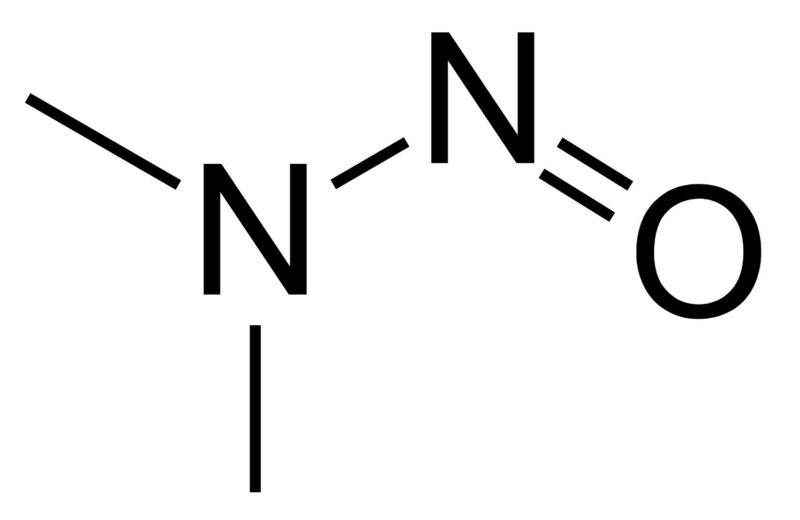
Joerg Ahlgrimm, CEO SK pharmteco
An Open Letter From Our CEO, Joerg Ahlgrimm to SK pharmteco Customers
SK pharmteco’s mission is to improve patient outcomes and save lives by partnering with our customers to produce and deliver life-changing therapies through manufacturing and technical excellence, a positive and adaptable workforce, and an intense focus on safety, quality, and innovation. Our goal is to ensure the success of you, our customer, and partner.
We achieve this through a ‘One Team’ mentality, where all team members, regardless of geographical location or department, work together as a cohesive unit. This approach emphasizes teamwork, open communication, and collaboration across all disciplines. Our company culture fosters a shared sense of ownership- an “in it together with our customers’ mentality”- working closely to ensure the best outcome for our customers and patients.
Our relationship with you, our customer, is more than just drafting an agreement with us; it is a relationship that relies on clear expectations, communication, and trust. We partner with you to address and solve production challenges utilizing our expertise, technology, and innovation. We will leverage our global presence, expertise in operational excellence, commitment to on-time delivery, and high-quality standards, to increase the value of our products and services for you.
Like a family with a strong heritage, our company is built on foundational values such as an entrepreneurial spirit, a focus on results, an innovative mindset, and flexibility. We are continuously expanding our global footprint, capacity, and capabilities to improve patient outcomes and benefit communities around the globe. We are dedicated to ensuring success for all stakeholders – customers, employees, shareholders, and society at large – by consistently delivering on our commitments.
All our customers are treated equally, regardless of their size or project scope. From the initial encounter with our Business Development Team to the dedicated Project Manager assigned to your project, you will work with a team of well-qualified, action-oriented, and empowered individuals who are committed to making things happen. We believe this is a key differentiator in the partnership proposition we offer, setting us apart from our competitors.
I, as CEO, am no exception. I have over 25 years of experience in the pharmaceutical industry, with a background in production planning, supply chain, operations, and manufacturing. My experience enables me to step into your shoes to understand your challenges and needs, allowing me to support you on your journey to commercial launch.
The RFP process at SK pharmteco begins with a multidisciplinary team decision to respond to an RFP, which is only made when the team is confident that they can provide a superior service. As CEO, I am regularly involved in these discussions to ensure that the company is only committing to projects that we can deliver successfully.
As an SK pharmteco customer, you will have an open line of communication with me. I am always available through any means of communication, including phone, email, or in-person meetings based on the need. Customers can contact me via their Business Development Executive or dedicated Project Manager or by contacting me via joerg.ahlgrimm@skpharmteco.com; that is my commitment to you!
We’re not finished yet…our entrepreneurial spirit means we are constantly looking for new methods, services, and capabilities to enhance and adapt our offering based on customer and market needs. Our goal is to become a one-stop shop for our biotech and pharma customers, providing comprehensive manufacturing services and capabilities across diverse modalities. We are always open to feedback and suggestions, and I encourage you to reach out if there is anything more we can do to better serve your needs.
Thank you for this opportunity to be your partner, and I look forward to working with you.
Yours sincerely,
Joerg Ahlgrimm,
CEO SK pharmteco




